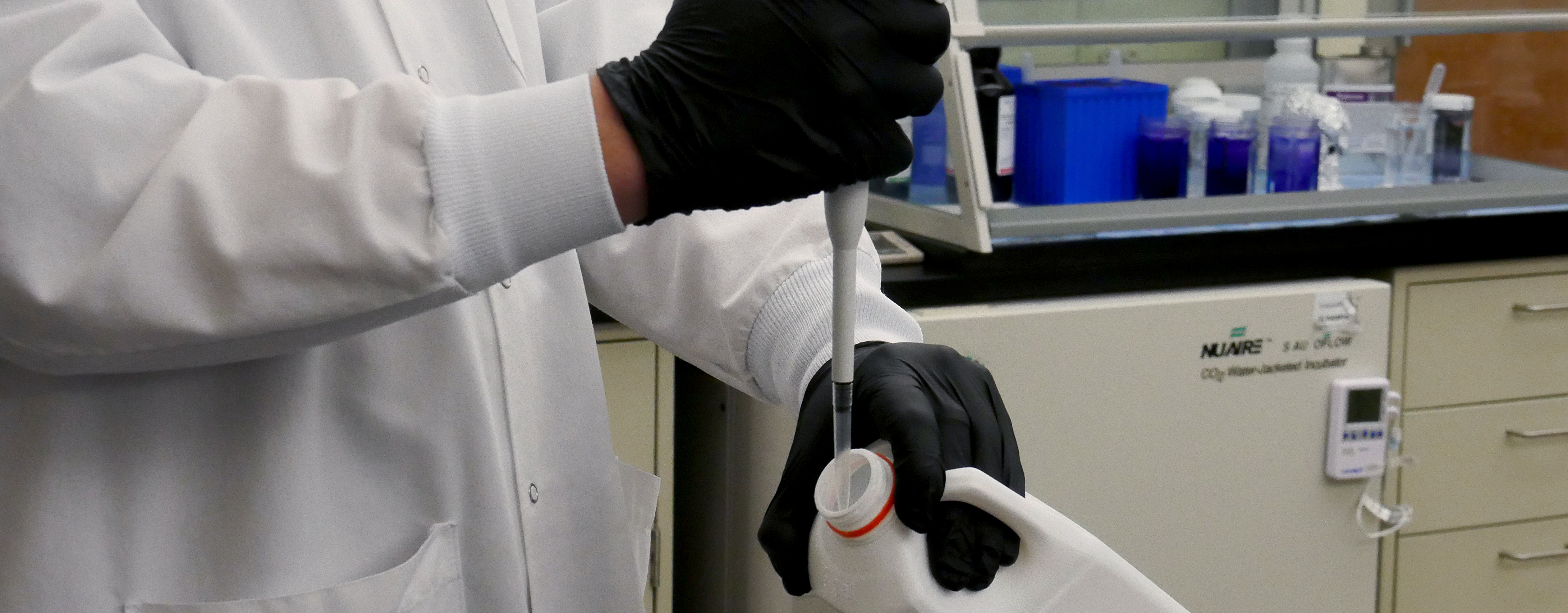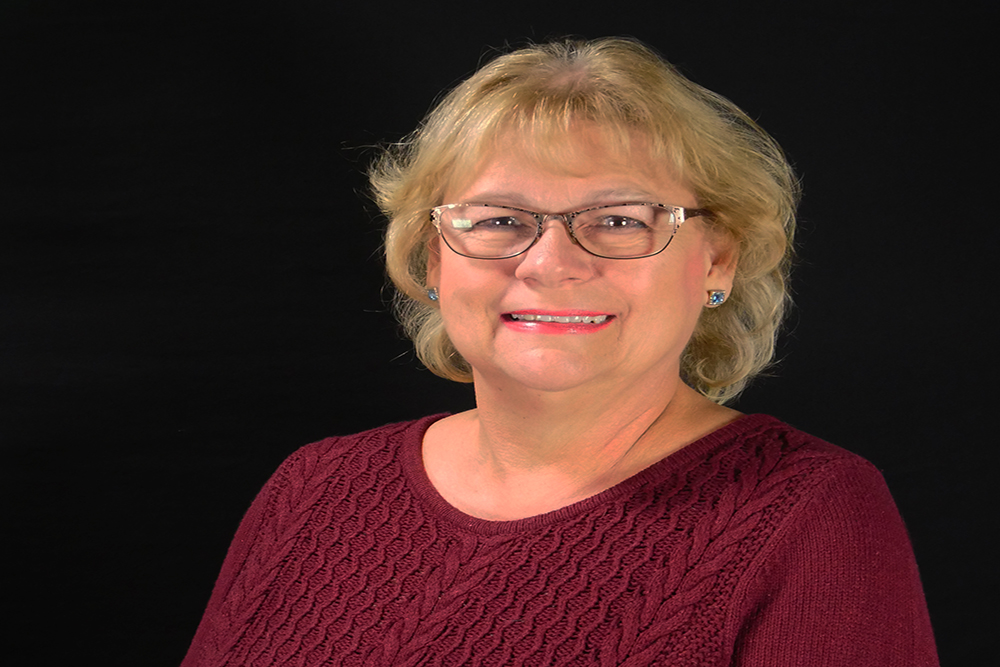
Written by Anna Vickrey, food safety operations manager for the Nevada Department of Agriculture
You might already know that proper cooking and thorough preparation of food eliminates most bacteria and viruses and risk of contamination from your food. But have you ever thought about what organisms in our food supply have potential to contaminate food? Learning what these organisms are — and how to control these potential risk factors — is important, and that is where STEM comes in to the picture.
Many factors go into getting food from the farm to the table, and as a food safety operations manager for the Nevada Department of Agriculture (NDA), I’m involved in this process by using STEM concepts to protect Nevadans from food safety threats. Before food hits the shelves around Nevada, I play a role in helping dairy farmers know and reduce potential risk factors in their food.
Specific to our state’s dairy industry, in the NDA Food Safety Laboratory, my team tests milk and dairy products like yogurt to ensure they are safe to consume. Using science, math and technology, I help protect Nevada consumers, dairy producers and their animals.
When testing cow, goat, and sheep milk, we look to see if there is a high somatic cell count, which indicates if any animals in the herd have an infection in their udders. Cows are limited to a somatic cell count of 400,000, and goats and sheep have a limit of 1,500,000, at which point the milk cannot be sold to consumers.
The milk sample is pulled from a dairy’s bulk milk tank (the tank that holds milk at a dairy until it is sent to a processing plant). If the count exceeds the limit for the specified animal species, the dairymen can take a sample from each animal, and we will test the milk for them to discover which animals are infected.
An infection in the udder usually means an animal has mastitis, an inflammation of the mammary gland and udder tissue. If the animals have mastitis, they can suffer painful symptoms, and their milk would pose a food safety threat.
When animals are found with mastitis, we notify the dairymen. The dairymen will take the animals out of the milk stream and sometimes treat them with antibiotics, to which most animals respond well. Animals are not put back into the milking herd until the antibiotics have left their systems. We test every milk load in Nevada for traces of antibiotics to make sure this is the case.
Applying STEM concepts in the Food Safety Lab
STEM concepts come in to play in many aspects of keeping people, food and animals safe.
I apply these concepts in my position every day using microbiology to identify possible contaminants in food such as pathogenic bacteria, viruses and toxins produced by microorganisms.
For example, I test the pasteurizers at milk processing plants to assure they meet the time and temperature requirements to kill potential pathogens. If milk is improperly pasteurized, a potential food borne illness could be released to grocery stores and homes, which can result in illness or death.
Math is also used in the lab when determining averages and making statistical calculations. We conduct tests using technologically advanced lab equipment. Counting the microscopic cells that determine if an animal has mastitis, for example, requires depositing milk on a microscopic plate and using volume and area to calculate the concentration of cells.
Pathway to my career in agriculture
While earning my degree in environmental resources at Arizona State University, I had expectations of furthering my career in forestry, range management or another field related to agriculture. Instead of jumping right in to this career choice, I took a different path and ended up working in public health first.
After college, I worked in Arizona as a health inspector in the chain restaurant program (and later the safe drinking water program). In 1998, I moved to Nevada and accepted a position as an environmental health specialist, inspecting retail food, daycares, prisons, septic tanks and hospitals for public health risks.
This led me to my current position with the NDA. Though I started my career path with a different plan in mind, I ended up with a career in agriculture where I knew I belonged, protecting Nevadans from food safety hazards.

Next steps
If you think my job is interesting, check out a few resources and opportunities in animal systems and food science and technology.
- Agriculture in the Classroom has resources for teachers and students on a variety of subjects including dairy animals, dairy foods, food safety and more.
- 4-H youth development programs offer clubs and programs focused on animal science, raising dairy farm animals and food preparation.
- High school agricultural education offers courses in animal science and food science and technology and participation in associated FFA activities.
- Nevada also offers an agricultural course sequence through high school Career & Technical Education programs. You can also learn more about the different programs here
- To find out more about the types of degrees and careers are available in Nevada in animal systems and food and science technology, check out the STEM Career Matchmaker.
Anna Vickrey graduated from Arizona State University with a degree in environmental studies. She then worked as a health inspector in Arizona until moving to Nevada for the same role in 1998. In the early 2000s, she began working for the Nevada Dairy Commission. In 2014, she accepted a position at the NDA, where she works as food safety operations manager, ensuring that Nevada’s food is safe for consumption.